Xiaomi Mi A1 vs Moto G5S Plus: Which stock Android phone to buy?
Believe me, it isn't an easy choice to make!
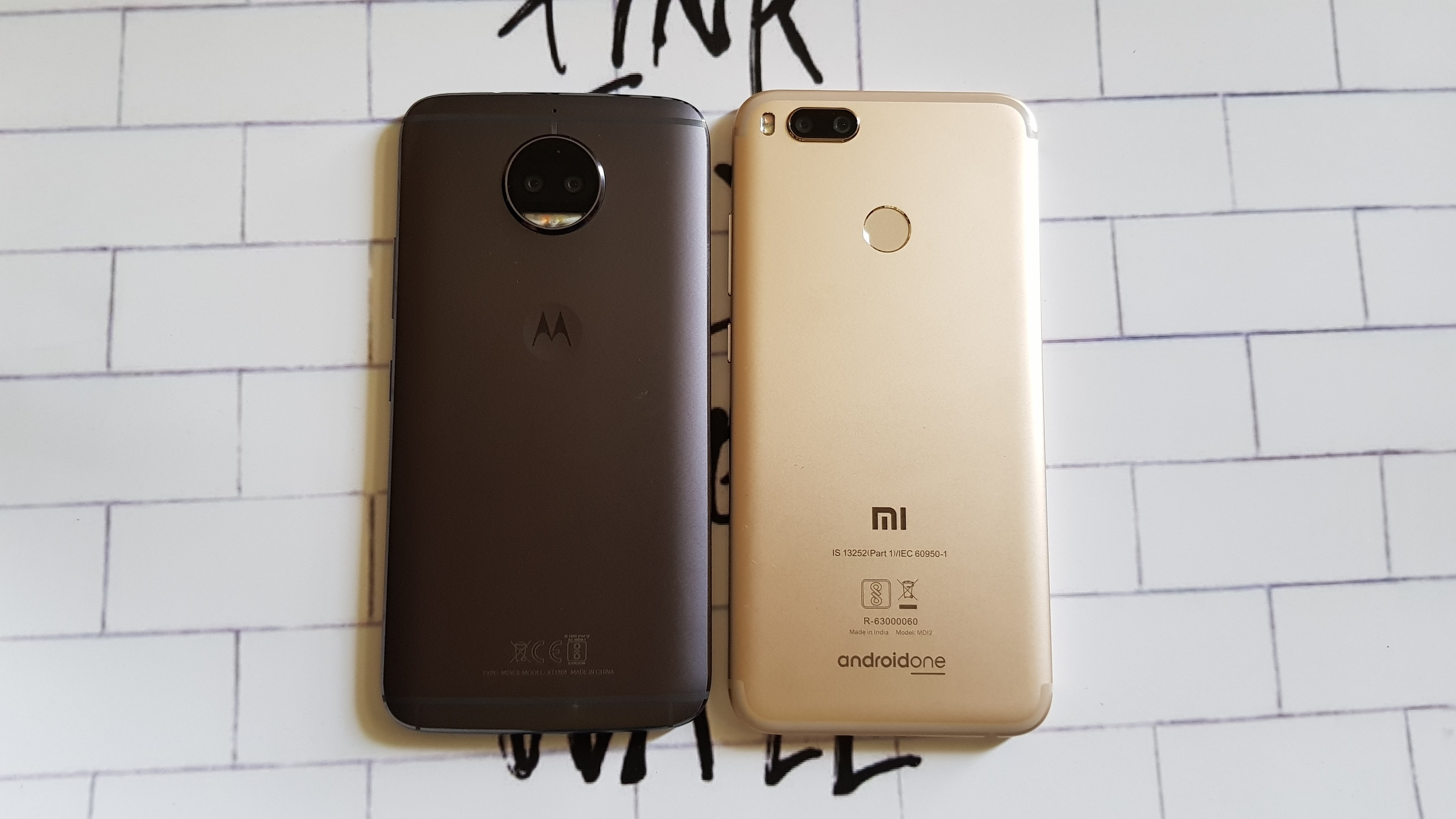
If there’s one brand that’s been on a dream run in India in terms of sales and fanbase, it’s Xiaomi. What made it possible? Obviously, its popularity and value for money Redmi phones. Soon after Xiaomi launched their Redmi Note 3 along with the Redmi 3S and Redmi 3S Prime, it felt like the company has figured out the formula to be the hot one in a dense smartphone market like India.
While Xiaomi is one name, there’s Moto that’s being a constant in the same category. Moto and Xiaomi are constantly battling out under the 20K price segment, where Moto’s G series is taking on the Redmi Note from Xiaomi. For instance, Redmi Note 4 and Moto G5 Plus relatively have the same spec sheet but Moto is favored by purists because of the stock Android experience on their phones. While both the OEMs always have something to brag over the other, Xiaomi recently took a turn to whitewash the major reason that stole some attention off Xiaomi phones. Well, if you follow tech then you probably know that Xiaomi now has a stock Android device called the Mi A1.
Now when Xiaomi is on stock Android and Moto always was, I expect the rivalry to turn out even more amusing in future. To get a hint of how it’s going to be, we’ve compared the latest Android One based Mi A1 with the recently launched Moto G5S Plus. Apart from comparable hardware, both the phones feature a dual-camera setup, which gives us one more reason to put the phones against each other.
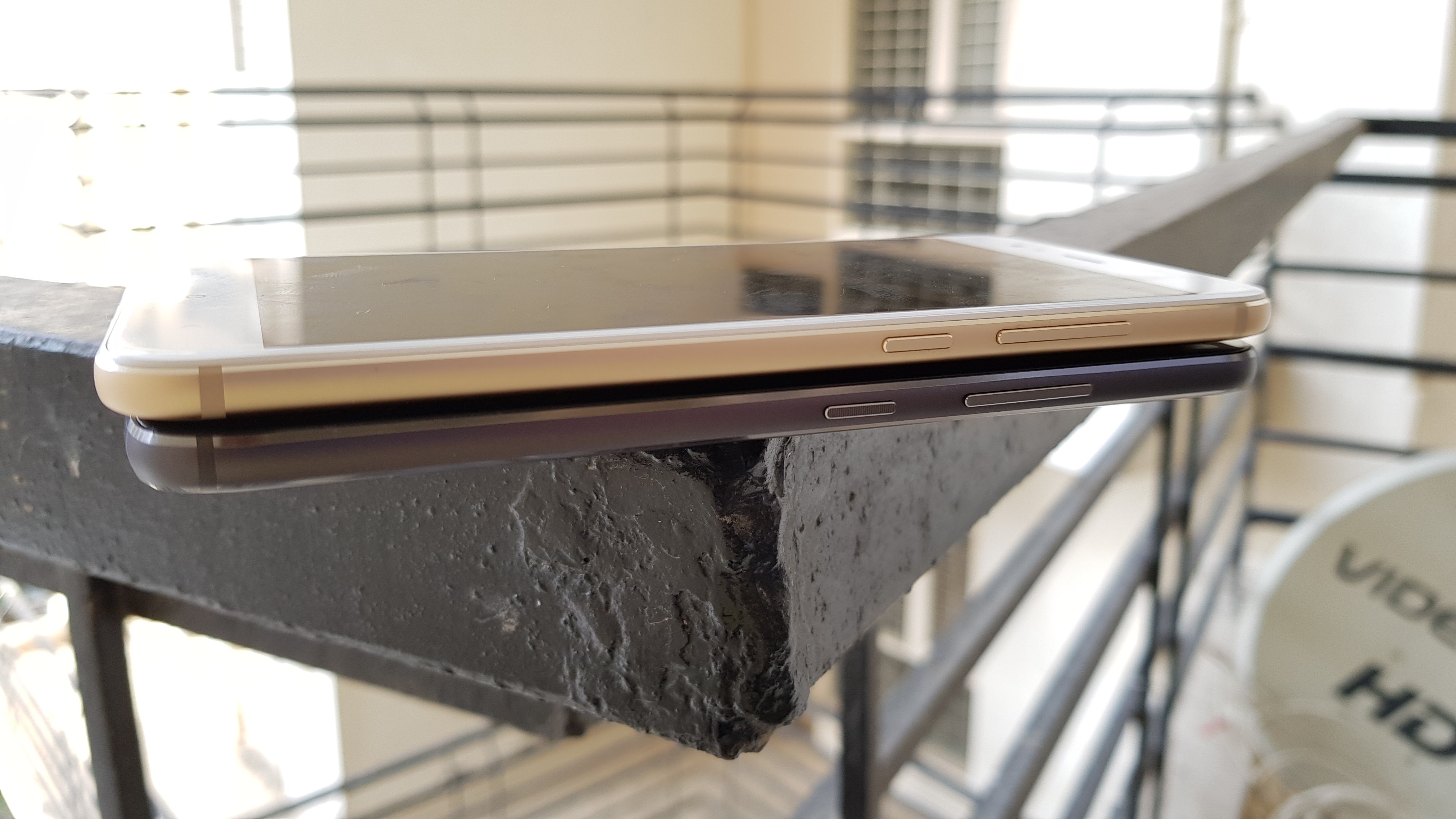
Design and build
There was a time when phone makers used to market their phones with total dependence on the looks. With time, things have changed and the number of people buying phones based on just looks has seen a drop. In this case, both Moto G5S Plus and Mi A1 have a cool design and a good build as well, but it’s not something we haven’t seen before.
The Moto G5S Plus carries the same trademark Moto design which we have seen on G5 and G5 Plus before. On the other hand, the Mi A1 sports a totally new design when compared to existing Xiaomi phones, but lies on the same iPhonesque design language which all of us have seen on other Chinese counterparts like OnePlus 5, Oppo R11 and more. So Moto undoubtedly beats Xiaomi in terms of originality here, but we cannot ignore the fact that the Mi A1 has a great in-hand feel from every angle. It’s not that the Moto feels worse but the thinness and roundness of the Mi A1 feels much better.
One thing that I find better on the G5S Plus is the fingerprint sensor positioning. It totally depends on personal preference but it’s convenient to reach the fingerprint sensor even when the phone is lying on the table. In contrast, the huge-looking camera ring on the Moto G5S looks fancy but is not liked by many as it’s likely to get scratched and lose paint over time. Similarly, with the Mi A1, the camera ring is prone to losing its paint over time. Also, the Mi A1 and G5S Plus have distinct placement for the 3.5mm jack. While the A1 has it on the bottom, the G5S Plus has the port on the top, so it totally depends on personal preference. Also, the Mi A1 is around 2mm taller than the G5S Plus, which allows space for physical navigation buttons allowing more screen space, unlike the G5S Plus which has on-screen navigations buttons.
In terms of sturdiness, both the phones are solid and feel quite premium for their respective price tags. Both the phones are equivalent in terms of typing experience and build quality. But I personally recommend the black variant of the Mi A1 if I have to recommend any among the two.
Get daily insight, inspiration and deals in your inbox
Sign up for breaking news, reviews, opinion, top tech deals, and more.
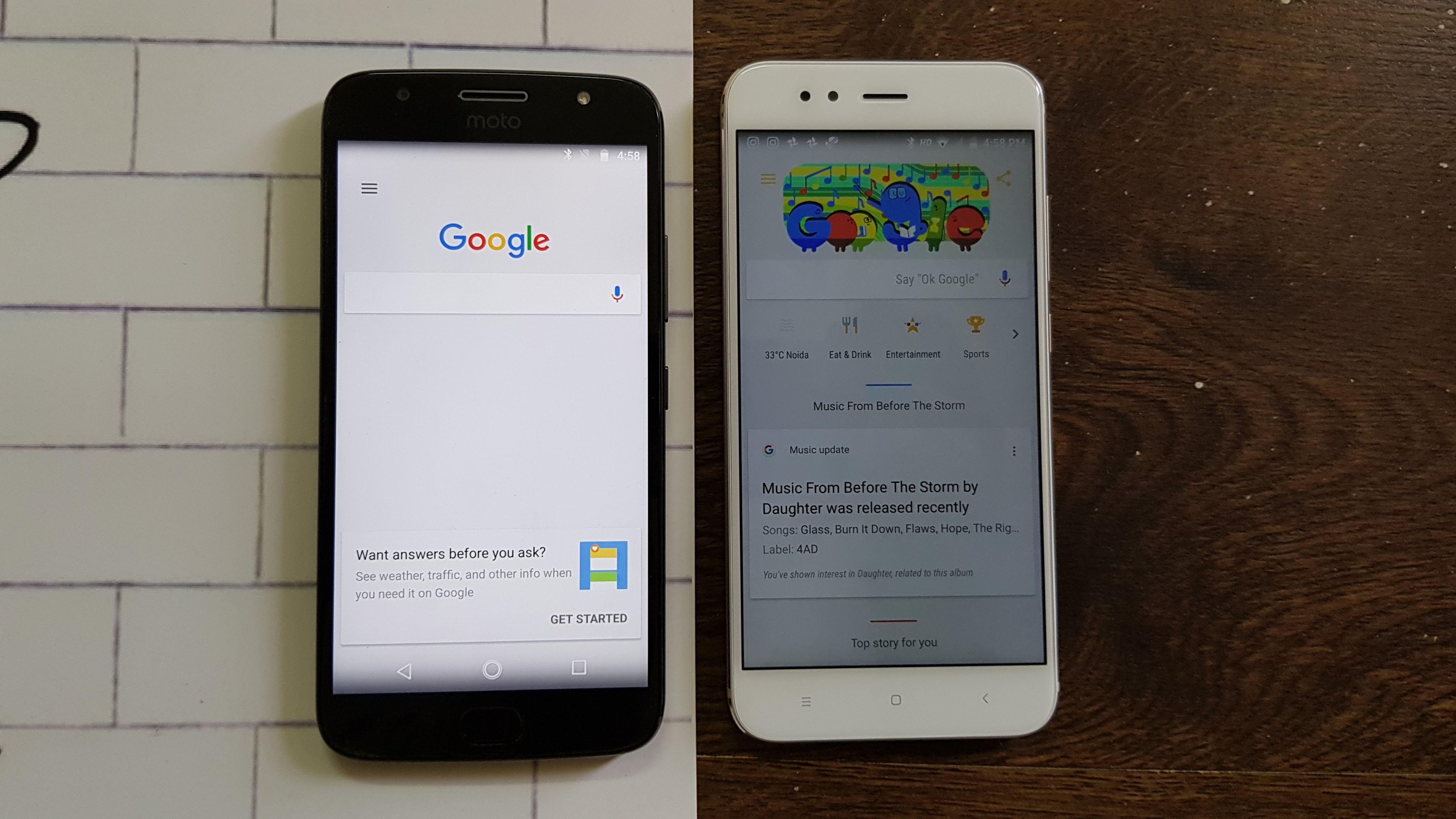
Performance and storage
As I mentioned before, both the phones have exactly identical internals. Both phones run on Qualcomm Snapdragon 625 paired with 4GB of RAM and 64GB internal storage. If you ask us about which is better at multitasking or gaming, then there’s no factual answer for it. Still, I tried keeping both the phones side by side and run similar apps, play games and record heating and processing. I personally prefer real life usage scenario over benchmarks so I skipped taking benchmarks and concluded that the performance is incomparable except for some minor elements. I noticed a difference in the app launch speed, where G5S Plus was slightly speedier while opening apps.
Both the devices tend to get warm but that’s not something unusual. While the Mi A1 got slightly warm while using GPS, the G5S showed signs of heating while charging.
The only difference here is in the support for expandable memory, where the G5S Plus supports double the storage via microSD compared to A1. So if you think 128GB on top of inbuilt 64GB is not enough for you, there’s one more reason to go for the Moto G5S Plus and have 256GB via microSD.
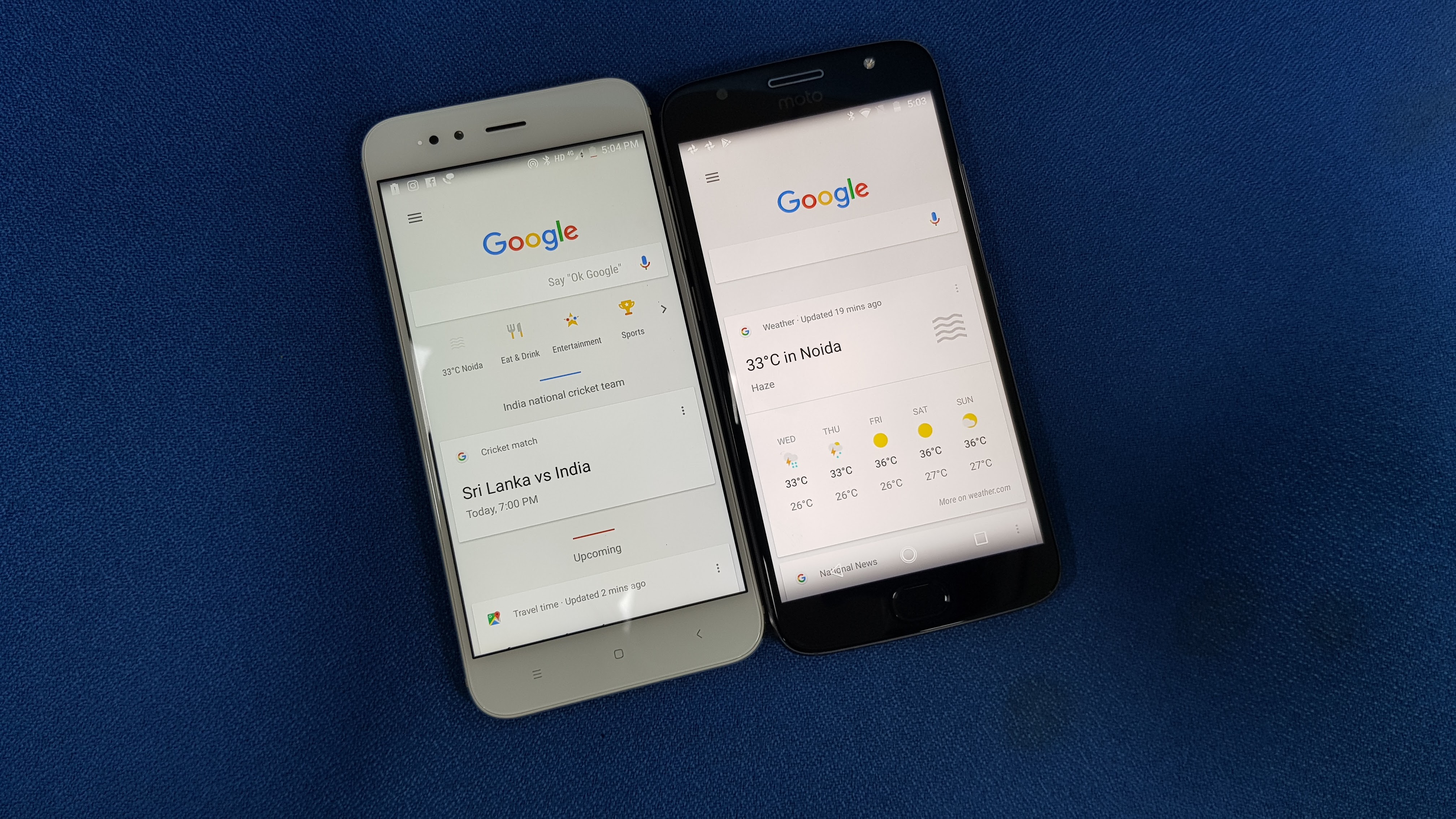
Display
Both phones have a 5.5-inch full HD display but there’s slight difference in the technology. While the G5S Plus has a standard IPS display, the Mi A1 comes with LTPS IPS display. Unlike the standard IPS panel, the Low-Temperature PolySilicon (LTPS) LCD has Polycrystalline Silicon in place of formless Silicon. This allows the display to maintain low temperatures and provide larger pixel densities. This is because the PolySilicon allows speedier electron movement resulting in higher refresh rate, enhanced resolution, and improved power efficiency.
If we ignore the technicalities and consider the naked eye experience, there was a visible difference in both the displays. The display on Mi A1 has had a blue tint when compared to the G5S Plus. However, color production is better on the Mi A1 although the G5S looks more punchy. Apart from this, both the displays can be viewed from extreme angles, they are fairly readable, and sunlight legibility is also good.
Battery
Mi A1 comes packed with a 3080mAh battery and the G5S Plus has a 3000mAh cell. On paper, both the phones have almost the same capacity but everything relies on the optimisation and also, this is where the LTPS IPS LCD on Mi A1 comes in to play.
On Moto G5S Plus
- 20 minutes of browsing consumed four percent of battery.
- 20 minutes of video streaming consumed four percent of battery.
- 30 minutes of gaming consumed eight percent of battery.
On Mi A1
- 20 minutes of browsing consumed two percent of battery.
- 20 minutes of video streaming consumed three percent of battery.
- 30 minutes of gaming consumed seven percent of battery.
There’s no doubt that the results are close but Mi A1's battery turned out to offer better battery backup while using it as my primary phone. I will update this space with the amount of time both the phones take to charge from 0-100%.
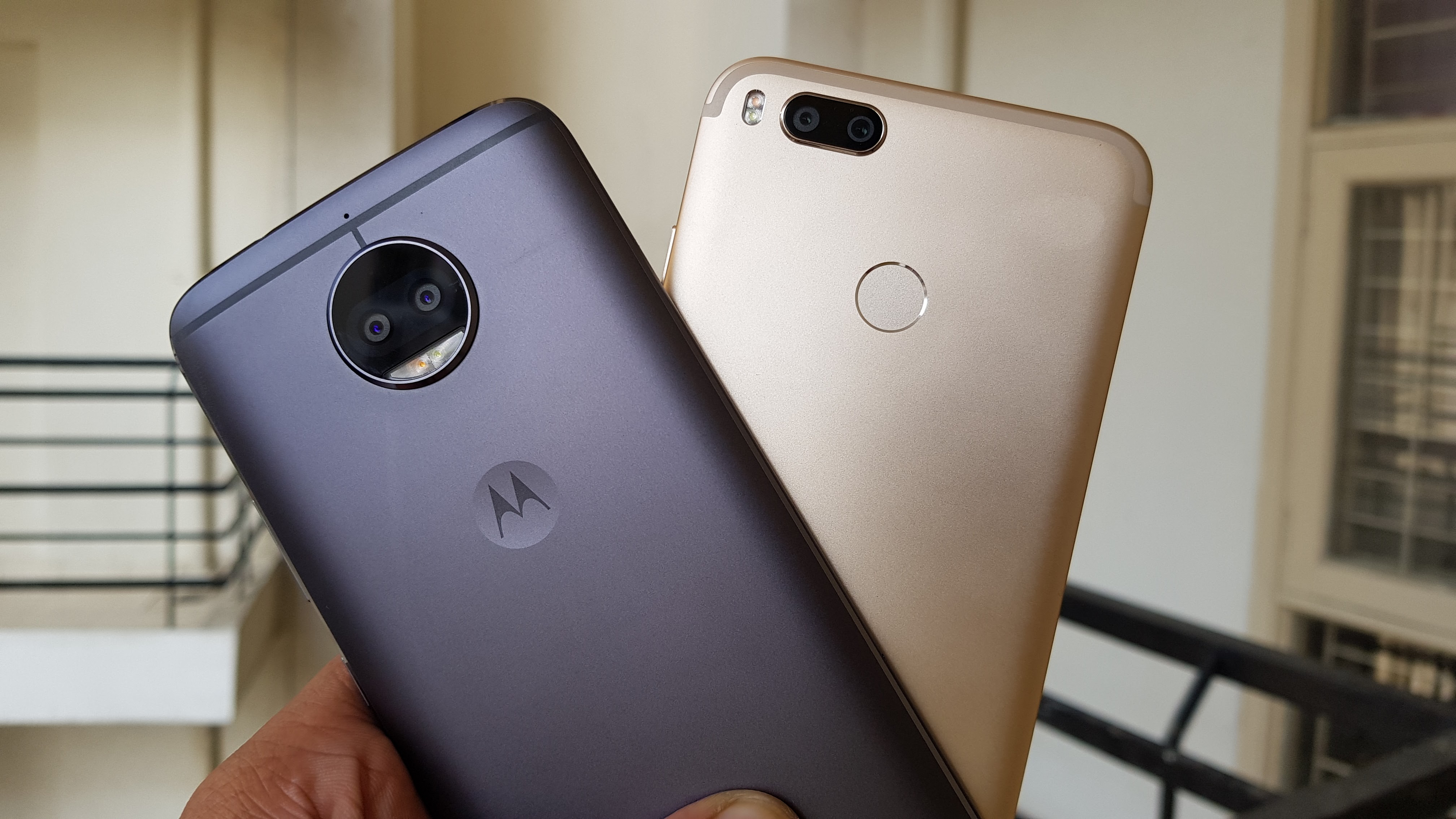
Camera
Both the phones tote a dual-camera setup, where the Moto G5S Plus has a (13-megapixel + 13-megapixel) RGB plus Monochrome sensor and the Mi A1 comes with (12-megapixel + 12-megapixel) RGB and telephoto lens. The Moto G5S Plus is the first of the Moto G phones to have two cameras on the back so is the Mi A1 when it comes to the Indian market. The Mi A1 has a second camera to let you zoom in with less quality loss than normal digital zoom like the Samsung Galaxy Note 8 and iPhone 7 Plus. However, G5S Plus’ dual 13MP array is more conventional.
Without stressing a lot on the nitty gritty, I will highlight the thick areas where these phones topple over each other.
Starting with the Moto G5S Plus, the phone has a snappier autofocus and stabilisation compared to the Mi A1. Also, Moto G5S has a better mid-tone dynamic range enhancement. The Mi A1 on the other hand, leverages its telephoto prowess and captures lot better depth in pictures, the colours also look more natural on this one. Moreover, the 2X optical zoom steals the show when it comes to the camera showdown. Also, Moto G5S Plus is prone to shutter lags which sometimes gets irritating.
In low light, the Mi A1 is better at handling light but the colours looked well saturated on the Moto G5S Plus, which you can actually adjust on the A1 using any photo editing tool. The only issue with the Mi A1 is stability, which at times makes the shots look hazy when zoomed in.
The image quality on both front cameras is fine, although detail does degrade fairly quickly with indoors lighting on both the phones. The Moto G5S has a front flash to escape out of such conditions but the Mi A1 misses this feature.
So if you are a camera buff and love playing with the lens on your phone, I would suggest you to go for the Mi A1, especially because of its telephoto setup. You can click some impressive portrait and make the most out of that smooth bokeh effect.
Connectivity, sensors and more
Both Mi A1 and Moto G5S Plus have the essential connectivity features but the G5S Plus still bears a micro USB port for data syncing and charging. Xiaomi has been using Type-C ports in their Mi lineup since the Mi5. Moreover, unlike most other phones except for LG’s, the Mi A1 has an IR blaster on the top, which I think is an underrated feature, but is actually a pretty nifty one to have on a phone.
Mi A1 also has a 10v amplifier which makes it sound much better than the G5S Plus while using headphone.
On the other hand, the G5S Plus comes with NFC and the A1 does not. So if you are out of the rare ones who cannot do without an NFC enabled phone, Mi A1 may not serve you that well. Also, Motorola's chop-chop for flash and wrist twist for camera gestures are something that's really cool to have on your phone.
Which one to buy?
The Mi A1 is priced at Rs 14,999 and the Moto G5S Plus comes at a price of Rs 15,999. Since there's just Rs 1000 price difference, it gets pretty confusing to pick one of them. There's no doubt that both the phones justify the price tag but still, getting the best for what you are paying is our prime concern.
So, if you like getting creative with your camera and buying any of the phones for a good camera, better battery backup, the Mi A1 will impress you more. Also, if you are looking for a better value for money phone then the A1 can save you some cash.
Both the phones offer similar performance and software experience. So, the deciding factor is dependent on which design you prefer, camera experience and the extra toppings over the standard Android features.
Sudhanshu Singh have been working in tech journalism as a reporter, writer, editor, and reviewer for over 5 years. He has reviewed hundreds of products ranging across categories and have also written opinions, guides, feature articles, news, and analysis. Ditching the norm of armchair journalism in tech media, Sudhanshu dug deep into how emerging products and services affect actual users, and what marks they leave on our cultural landscape. His areas of expertise along with writing and editing include content strategy, daily operations, product and team management.
